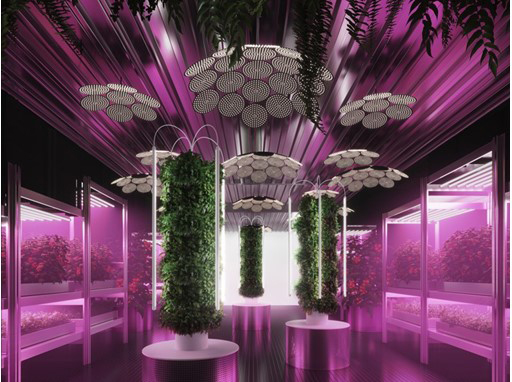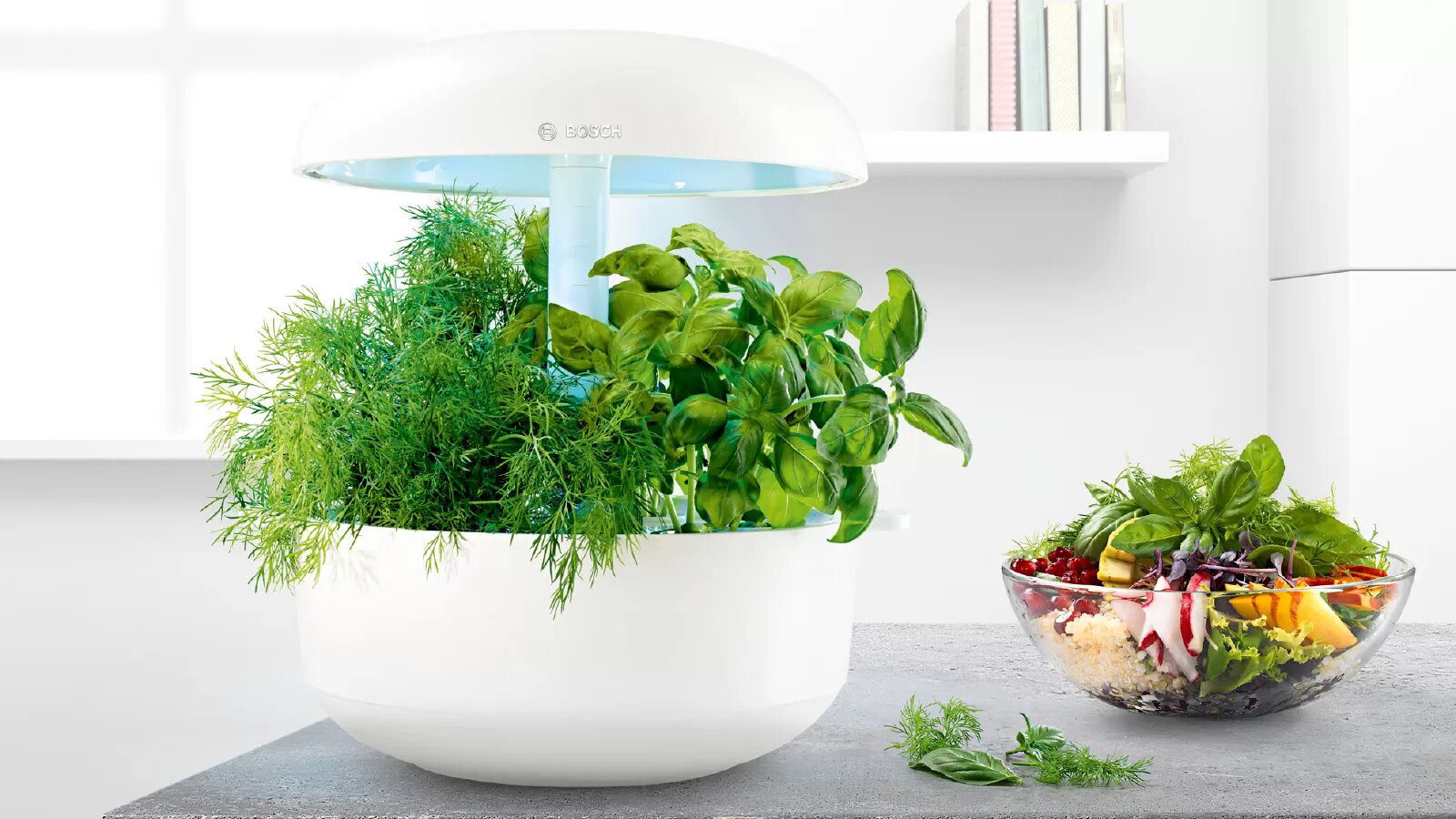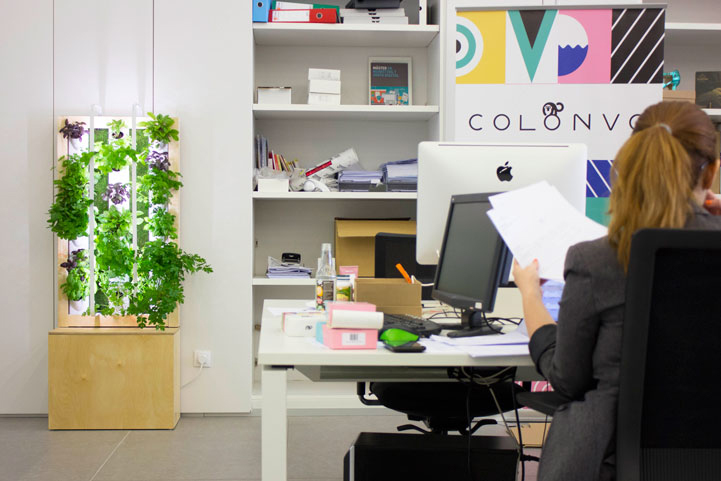Urban horticulture makes cities more sustainable, encourages self-sufficiency, and saves energy. Growing plants on balconies, terraces, and inside flats is a trend that is here to stay thanks to the health benefits it provides for both cities and their inhabitants. The technology sector knows this and has developed devices and apps for smart urban gardens.
Urban gardeners don’t have large plots of land or a lot of time to look after their plants. That’s why technology companies are working to encourage this lifestyle. Apps that can identify insect plagues, tell you the best times to plant, and know when a plant needs to be watered are already widely available. La Huertoteca blog has put together a list of the best apps for urban gardens.

Innovative interior design studio Tom Dixon is working with IKEA on a project entitled Gardening will save the world. This collaboration explores how the principles of democratic design can be applied to urban agriculture as well as the contrast between the hypernatural and the hypertechnological. The multinational Swedish corporation wants to contribute to the gardening at home movement and transmit the beauty of horticulture using traditional knowledge combined with the latest technological innovations.
From smart flowerpots to vertical gardens

Your flat or office are good places to start planting. That’s why Bosch has developed SmartGrow, a indoor home garden designed that uses seed capsules and has automatic watering and lighting systems. There are also the Smart Gardens by Click and Grown, which automatically take care of watering, light, and the nutrients the plants need.

Vertical urban gardens let you grow plants without the need for land thanks to hydroponics and they work with an automatic irrigation system supported by the Internet of Things. Valencian company Optimus Garden has created some vertical urban gardens that are completely digital. An application lets you know when you need to refill the water tank and add nutrients, and then the garden itself takes what it needs. This innovation makes it possible to consume ‘zero km’ food in homes and restaurants.
Vertical farms on a big scale
In keeping with the indoor vertical agriculture trend with artificial light and no land, the biggest vertical farm in Europe is being built in Copenhagen. The company in charge of the project is the Taiwanese firm YesHealth. It stands out because of its ability to gather a huge amount of data from all around the world about different environments and agricultural conditions, which helps to optimise growing processes and productivity.
The advantage of vertical agriculture is the ability to grow anything at all in a controlled environment. Farms can be located in urban areas, closer to consumers, thus reducing transport costs and time, as well as their carbon footprint. The main disadvantage is the initial cost of automatisation and the irrigation process.
Ver esta publicación en Instagram
Data is making sure crops reach the driest places in the world. AeroFarms, the highest-rated agricultural technology company in recent years, is sharing their vertical farm model all over the world. In fact, its already being used in the Abu Dhabi desert
This green revolution is making sure big cities, homes, and workplaces have extra green spaces and that they encourage sustainability and efficiency. In cities that don’t have the right climate and conditions for traditional agriculture, these spaces make having organic food and ‘zero km’ produce possible. Urban gardens and vertical farms are the future for more sustainable cities.




